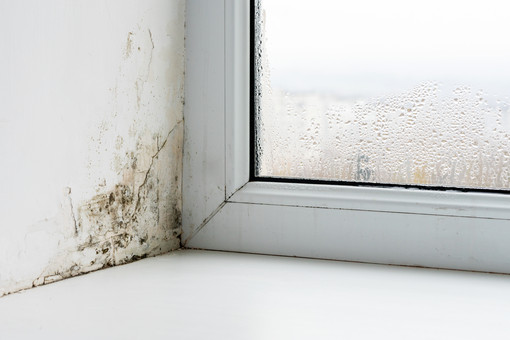Authors: Wouter Borsboom, TNO and Carsten Rode, DTU, Jaap Hogeling, REHVA
Due to extreme increases in energy prices in European countries (as well as other non-European countries), building users may be tempted to take energy saving measures because they can no longer pay their energy bills. This in turn may have adverse effects on the indoor air quality - especially in older and badly insulated homes. This page gives some elementary advice on what people should and shouldn’t do in cold and temperate climates where indoor heating is normally needed in winter.
The point is that energy savings can be achieved, and adverse consequences avoided. if a few sensible recommendations for housekeeping are followed.
Do’s and don’ts to reduce health risks and mould while saving energy:
- Keep the indoor temperature as homogenous as possible, with 15°C minimum and no more than 5°C difference between rooms in the same dwelling.
- Minimize sources of moisture and pollution in the indoor environment. Avoid drying laundry in living rooms, keep wet outdoor clothing out of the living rooms, use an extraction hood when cooking, and avoid using candle lights.
- Use continuous ventilation at all times.
Additionally, periodically air the rooms by opening windows and possibly doors to create a cross-flow draft for 5 minutes after events with high production of moisture or cooking. At the least, airing out the rooms should be done three times per day, as it refreshes the air without cooling the building significantly.
Alternatively, in buildings with balanced mechanical ventilation systems with heat recovery units, it is best to keep them running at least on the minimum required ventilation levels.
In buildings with exhaust only ventilation systems from the kitchen and the bathroom, keep them running whenever the rooms are polluted due to their intended use. It is important to take care that the relative humidity stays below 65%.
- Beware of dew formation on the inside of windows, as this is an indication of too high indoor humidity and/or too little ventilation.
Measure the indoor relative humidity and take measures to avoid lengthy time periods with relative humidity over 65%.
- As far as possible, exterior walls should be well-insulated and free of cold bridges. Avoid putting indoor furnishing such as clothing cabinets, heavy furniture and wall carpets up against exterior walls and corners, which may not be adequately insulated. This measure is done to avoid mould growth which is not visible on surfaces of walls, and inside walls.
- For the use of wood-burning stoves, a good supply of outdoor air is essential to make sure that enough outdoor air comes into the rooms to reduce airborne contaminants from the stove – even when it is cold.
For further explanations and reasoning behind the recommendations, click HERE

